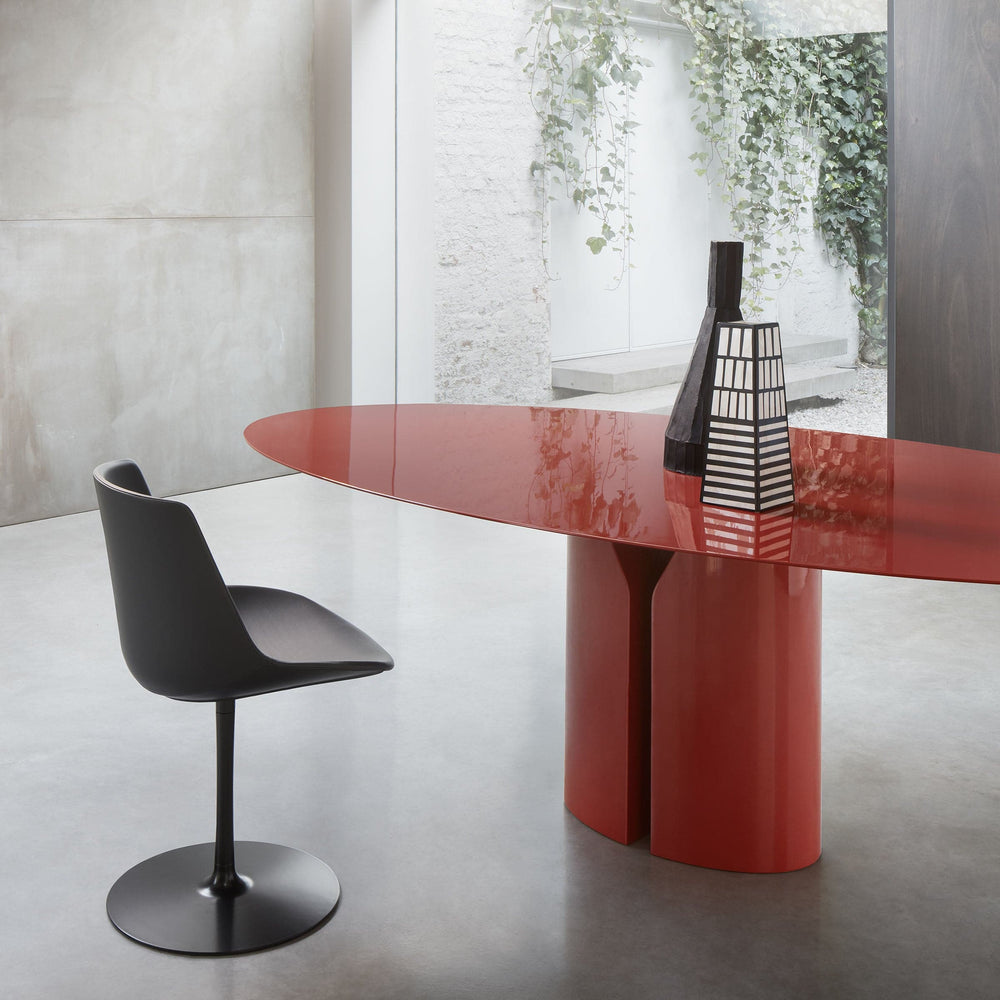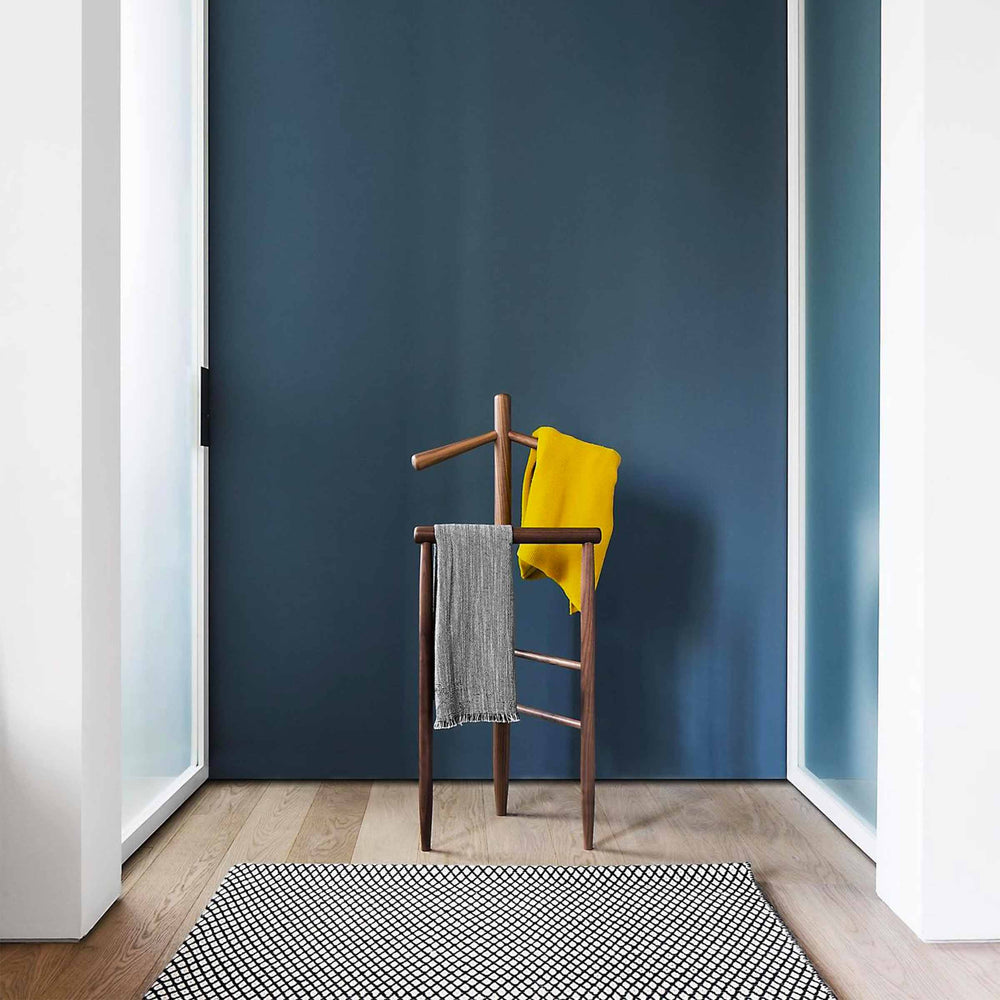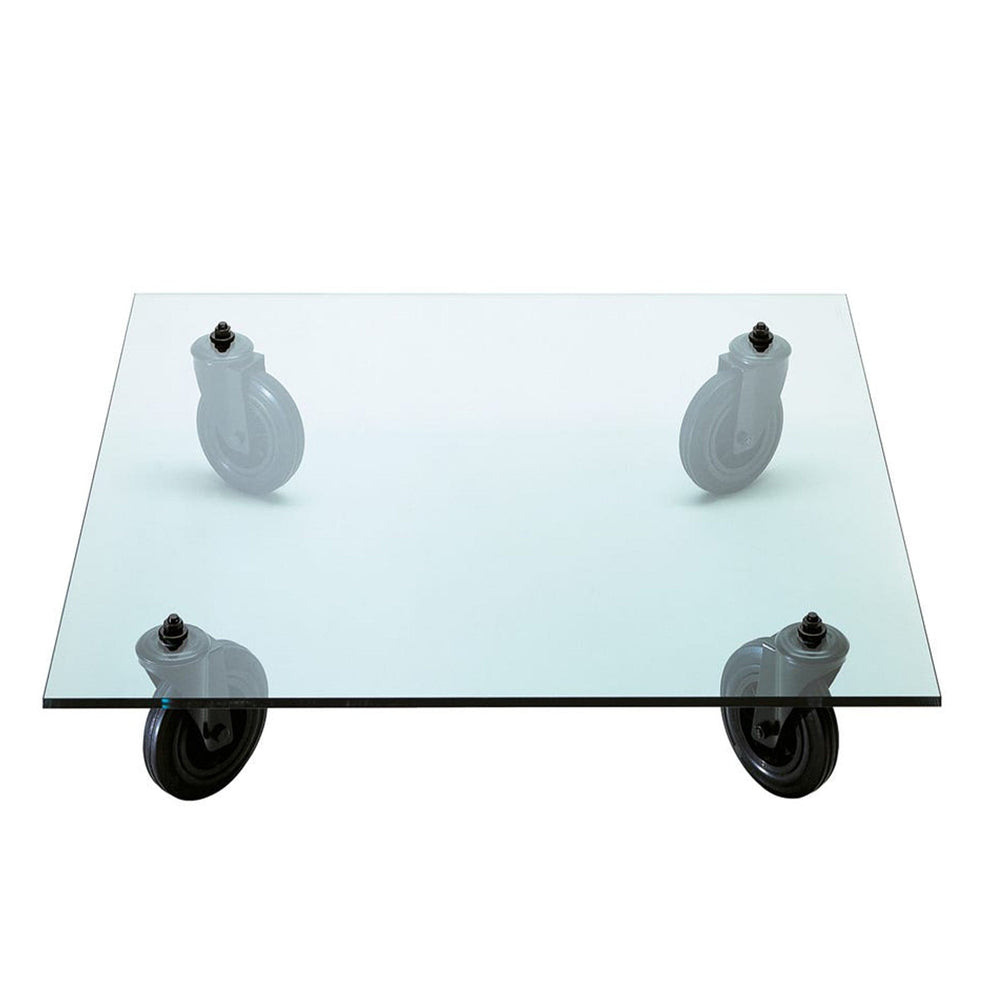Talking about MIA Photo Fair: the interview at Lorenza Castelli
by Cristina Morozzi

Read on Design Italy Cristina Morozzi's interview with Lorenza Castelli, daughter of the founder of MIA Fair, talking about the 11th edition of MIA Photo Fair.

The 11th edition of the Milan Mia Image Art Fair is back this year from April 28 to May 1 at Superstudio Maxi (Via Moncucco 35, Milan), Superstudio’s huge event space.
We talked all about it with Lorenza Castelli, who is the daughter of the founder Fabio Castelli. She tells us about how the exhibition was created in 2011 thanks to a chat between her father and Gisella Borioli, creator and heart of the exhibit, together with Flavio Lucchini from Superstudio. Their idea was that Milan, the capital of design, lacked an event on education in art photography as a language of contemporary art. In a short time, MIA has become a must-see event, not only due to the photographers, but for all those involved in art, design and architecture.

C.M.
What sections of this 11th edition would you particularly recommend?
L.C.
Giada Ripa’s “The Thin Line" project, which tells the story of a journey from north to south in Italy, where underground there are networks and infrastructures that respect the natural and human environment, through which green gasses such as hydrogen and biomethane flow, bringing people closer to renewable energy sources. Then there’s “Invisibile”, featuring 21 large-format photographs, curated by Denis Curti, which takes visitors on a journey through 13 countries from Morocco to Cambodia, from Japan to India, Venice, New York and Dubai, presenting the artistic research and language of Daniele Polillo.
Then there’s the Dutch photography project with Coen Van Den Oever’s Project 2.0 gallery in The Hague, featuring five of the newest and most original photographers on the contemporary Dutch scene: five different visions of everyday life linked by a narrative thread that recount the story of the blending of visions and feelings.
There’s also the prize in photography, dedicated to food, curated by Claudio Composti, and promoted by Irinox, a Treviso-based manufacturer of blast chillers. Then there’s the “New post photography” section, dedicated to new trends in photographic art and in particular to artists’ books.
There will also be a lineup of events dedicated to education. Also of note is the exhibition of Adriano Scoffone’s archive of historic car races. Then there’s the Photo Independent section from Los Angeles, dedicated to American artists.
C.M.
What is your definition of photography?
L.C.
Photography is a language of contemporary art that transfers thoughts to today’s society in a more immediate way than words. Good photography is a message.
C.M.
Is the emotional component important?
L.C.
Emotion is fundamental. It’s what catches the eye.
C.M.
Can reporting be considered art?
L.C.
If the photographer takes you into the heart of the event, they’re conveying real emotion. The purpose of art is to excite.
C.M.
In his last interview, Giovanni Gastel said: “I don’t represent, I interpret”.
L.C.
Photography is always an interpretation. Giovanni Gastel’s fashion photographs are also interpretations.
C.M.
How are galleries selected to exhibit at MIA?
L.C.
A committee selects them. The basic concept is that each stand is an exhibition.
C.M.
And what are the selection criteria?
L.C.
We are interested in inclusive and democratic projects. We want photographs to be stories, which is also why discussions between experts will be back.
















